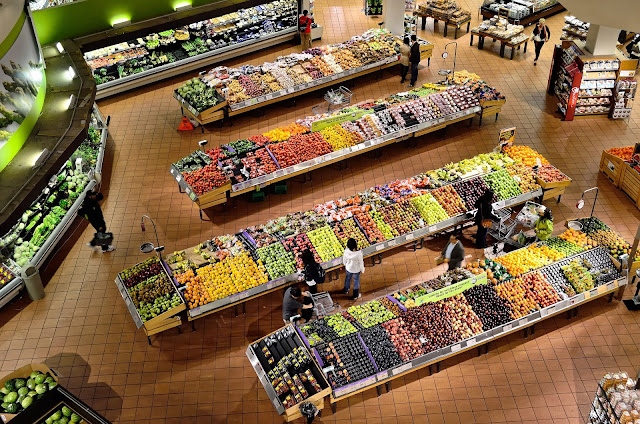About me
I'm Aleksandra, an ordinary student, and this is my blog about Japan. I will write about various things I've experienced in the Country of Cherry Blossoms during my student exchange.
What's up?
Popular Posts
-
Themed cafes are a “must-see” in Japan. The very first one I went to was a 80’s video game cafe in Shinjuku named 8bit Cafe.
-
My trip to the Tokyo Tower started a little late (at 5 pm) and since there was a Zōjō temple on the way, by the time I reached ...
-
Would you like to see a shark, penguin, ocean sunfish, giant octopus and dyeing dart frog on the rooftop of a skyscraper in the middle ...
-
I've wrote about adventages of sightseeing alone, but it also has this downside of being alone, nobody there to help you - you’re on y...




























































